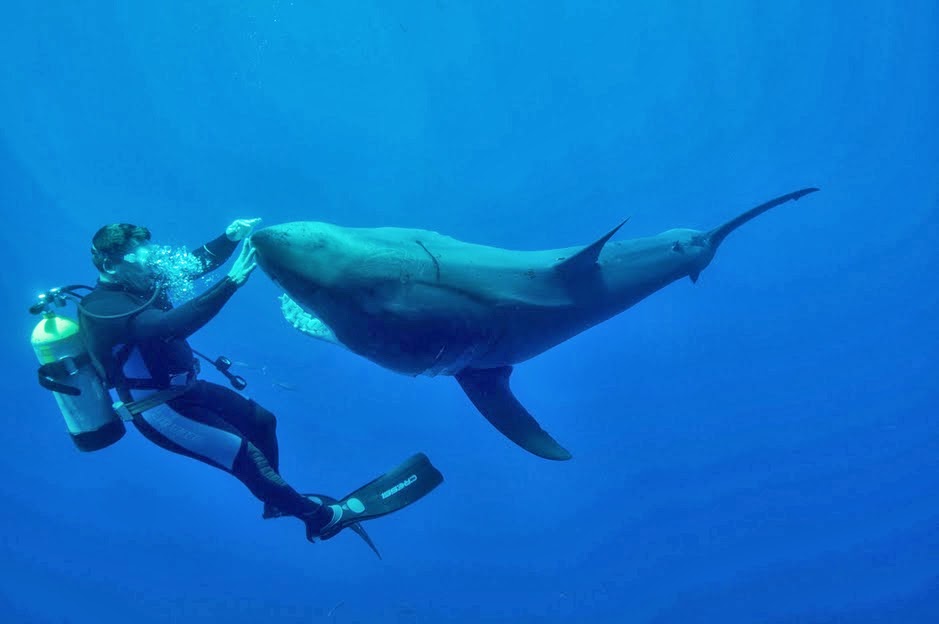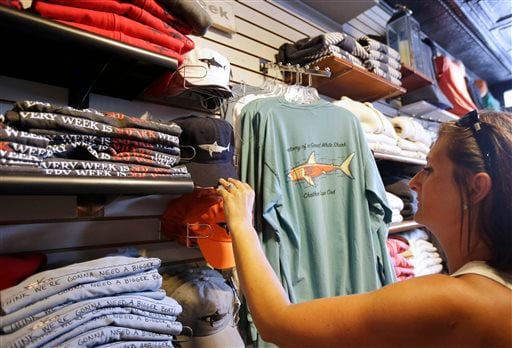Shark attack, surfer kicking for his life?
Today’s headlines of a few Australian newspapers scream “Shark Attack In Australia Had Pro Surfer Ryan Hunt Kicking For His Life”, “Top surfer who survives shark attack after kicking it in the head“
and Surfer undergoes surgery after shark attack near Old Bar, NSW.
So what happened? Another surfer attacked by a great white shark?
The reports are stating things like “A surfer survived a shark attack after kicking it in the head as he rode a wave. Ozzie Ryan Hunt, 20, was attacked by a shark while surfing at Wallabi Point in New South Wales. The beast went for his foot repeatedly during the terrifying incident at around 5.30pm, biting through the board.”
and “A shark attack in Australia had a young professional surfer named Ryan Hunt kicking for his life when the shark kept coming back for him in the waves.”
Wow, sounds like this guy was lucky and barely escaped with his life! Of course, after reading the reports a little more carefully, you get the real story. After writing the headline “Shark Attack in Australia Had Pro Surfer Ryan Hunt Kicking for his Life” the “Inquisitr” states “The 20-year-old surfer says the shark attack occurred while he was surfing small waves at dusk. According to Hunt, he was “pretty unlucky to stand on the shark’s head” while at Wallabi Point, which is on the coast of New South Wales, Australia. Needless to say, the shark was not exactly pleased to have a human standing on its noggin.”
So the guy actually stepped on the sharks head, OK, still, pretty lucky to get away with his life after being bit by this “beast”. How big was that beast? Well, lets see what they say about the size. “I tried to kick it off and it bit down again and then it swam up between my legs. I had my hands trying to push down its head, it was about 10 inches wide.”
Wow, the head was 10 inches wide!!! Imagine a 10 inch wide shark coming at you, ……. well, never mind. Another typical hyped up headline.
And how about the injuries sustained in this “terrifying” “attack”?
 |
||
| source |
Granted, that’s a pretty good gash, but by reading the headlines, you’d expect much worse. As to calling this a shark attack, seems to me that the shark was just reacting to being stepped on the head.
Surfer attacks shark, would have been a more appropriate headline.
Cheers,
Martin Graf
CEO Shark Diver
About Shark Diver. As a global leader in commercial shark diving and conservation initiatives Shark Diver has spent the past decade engaged for sharks around the world. Our blog highlights all aspects of both of these dynamic and shifting worlds. You can reach us directly at staff@sharkdiver.com.









